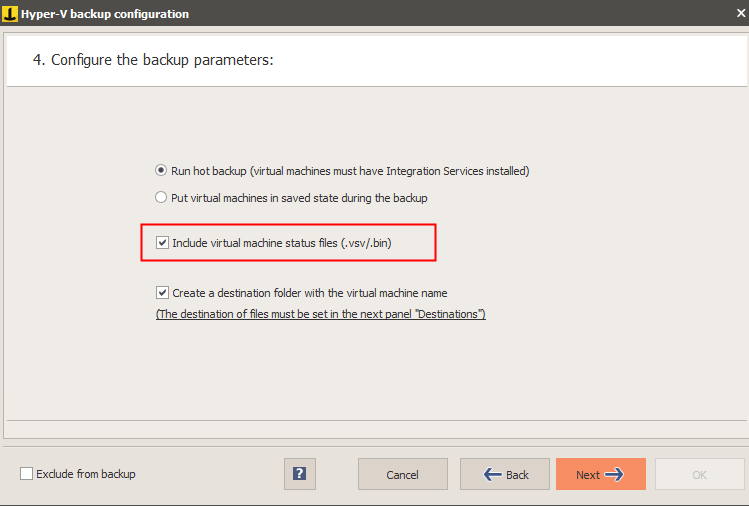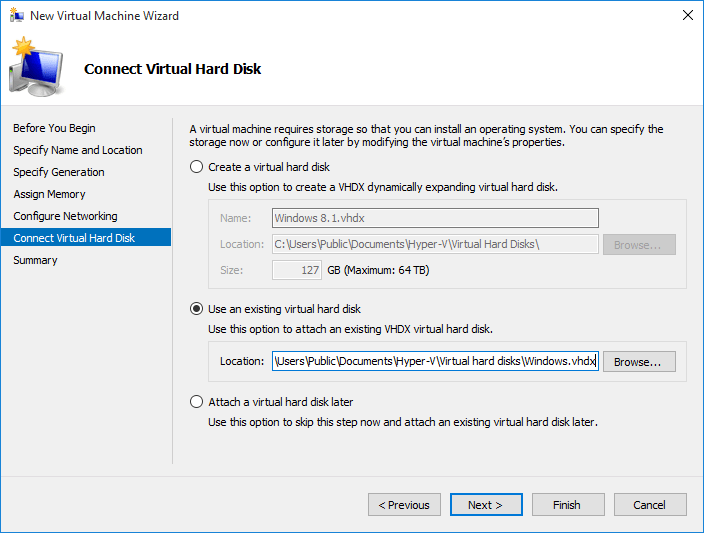

No need to do anything else to the VHD, next we will restart Server 2012 R2, boot off the DVD and install Server 2012 into the VHD just like it was a normal hard disk.

In this case we shall make a VHD of 60 GB at the root of C. In the Create and Attach Virtual Hard Disk window specify the options below, though the disk size can be increased as mentioned above. Alternatively leave the VM on a USB disk and attach that once the parallel copy of Windows is up and running. If you want to copy the VM to import to this partition later then allow additional space. Note that the VHD must be sufficiently large to hold the new Windows 2012 install with pagefile etc. Open up Computer Management, then navigate to Disk Management. This VHD will hold the OS for the copy of Windows 2012, and since we install Windows 2012 to the VHD the Server 2012 R2 installation will not be modified! For more details on boot to VHD scenarios check out TechNet. Note the start menu button to indicate that the below image is from 2012 R2.

We will create a VHD on the root of the C: drive whilst running Server 2012 R2. Once imported simply copy over the VM folder to Hyper-V 2012 R2 or Windows 8.1 Create VHD

If you still have one of those machines your legacy (.exp) exported VMs can be imported without having to do the above. The steps in this article are only necessary if you do not have any other Windows 2008 R2, Windows 8 or Server 2012 machines. So feel free to install Windows 8 into the VHD, this walkthrough uses Server 2012 instead.īefore embarking on the below, please make sure you have read and understood all the options at the bottom of the previous post. The steps are interchangeable for Windows 8.1 and 8.


 0 kommentar(er)
0 kommentar(er)
